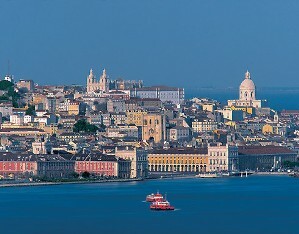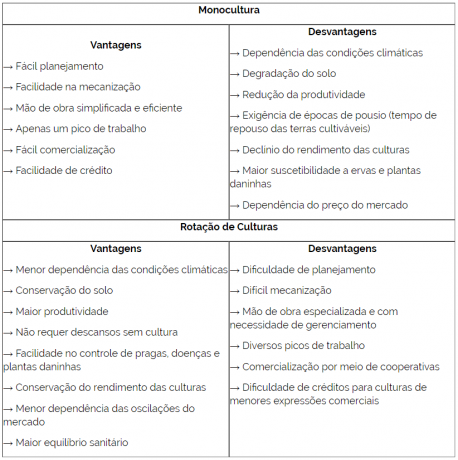A country located in the Balkans, in eastern Europe, Romania borders Hungary (to the northwest), Ukraine (to the north), Moldova (to the northeast), Bulgaria (to the south), Serbia (to the west), as well as being washed by the Black Sea (the West).
Romania is the only neo-Latin-speaking country in Eastern Europe, as a result of the process of Roman domination. The origin of the country's name also reflects this domination: Romania means land of the Romans.
Communism was, for many decades, the political system adopted in the country. With the inauguration of the presidency by the dictator Nicolae Ceausescu in 1965, the Romanians lived through years of terror, promoted by the Securitate (the political police), which persecuted opponents and ethical minorities, especially the gypsies.
The 1980s were marked by protests and strikes in the country, which were violently repressed by the government. In December 1989, the Securitate was responsible for the murder of hundreds of people during a demonstration in Timisoara.
After decades under communist rule, Romania has modernized its industry through foreign investment, however, this process takes place at a slow pace, and corruption is a major impediment to the socioeconomic development of the nation.
The country has great hydroelectric potential and mineral reserves, factors that have attracted international companies. In 2007, Romania joined the European Union (EU) and the North Atlantic Treaty Organization (NATO).
Romania has shown evolution in social indicators. The illiteracy rate is decreasing every year, currently the rate is 2.4%. Infant mortality also shows a reduction, in 2009 there were 14 deaths per thousand live births. One of the country's biggest problems is prejudice, especially against the Roma, who total more than 500 thousand inhabitants.
Do not stop now... There's more after the advertising ;)

Romania Coat of Arms
Romania data:
Territorial extension: 237,500 km².
Location: Europe.
Capital: Bucharest.
Climate: Temperate continental.
Government: Republic with mixed form of government.
Administrative division: 40 counties and 1 municipality (Bucharest).
Languages: Romanian (official), Hungarian and German.
Religions: Christianity 94.1% (Orthodox 82.3%, Catholic 7.2%, others 4.6%), no religion 3.7%, atheism 1.5%, Islam 0.7%.
Population: 21,274,730 inhabitants. (Men: 10,342,480; Women: 10,932,250).
Composition: Romanians 89.4%, Hungarians 7.1%, Roma 1.8%, Germans 0.5%, Ukrainians 0.3%, others 0.9%.
Demographic density: 89.5 inhab/km².
Average annual population growth rate: -0.4%.
Population residing in urban areas: 54.41%.
Population residing in rural areas: 45.59%.
Undernourished population: less than 5%.
Life expectancy at birth: 72.2 years.
Households with access to drinking water: 88%.
Households with access to a health network: 72%.
Human Development Index (HDI): 0.767 (high).
Currency: Romanian Leu.
Gross Domestic Product (GDP): 200 billion dollars.
GDP per capita: $7,523.
External relations: World Bank, IMF, WTO, UN, NATO, EU.
By Wagner de Cerqueira and Francisco
Graduated in Geography
Brazil School Team
countries - geography - Brazil School


